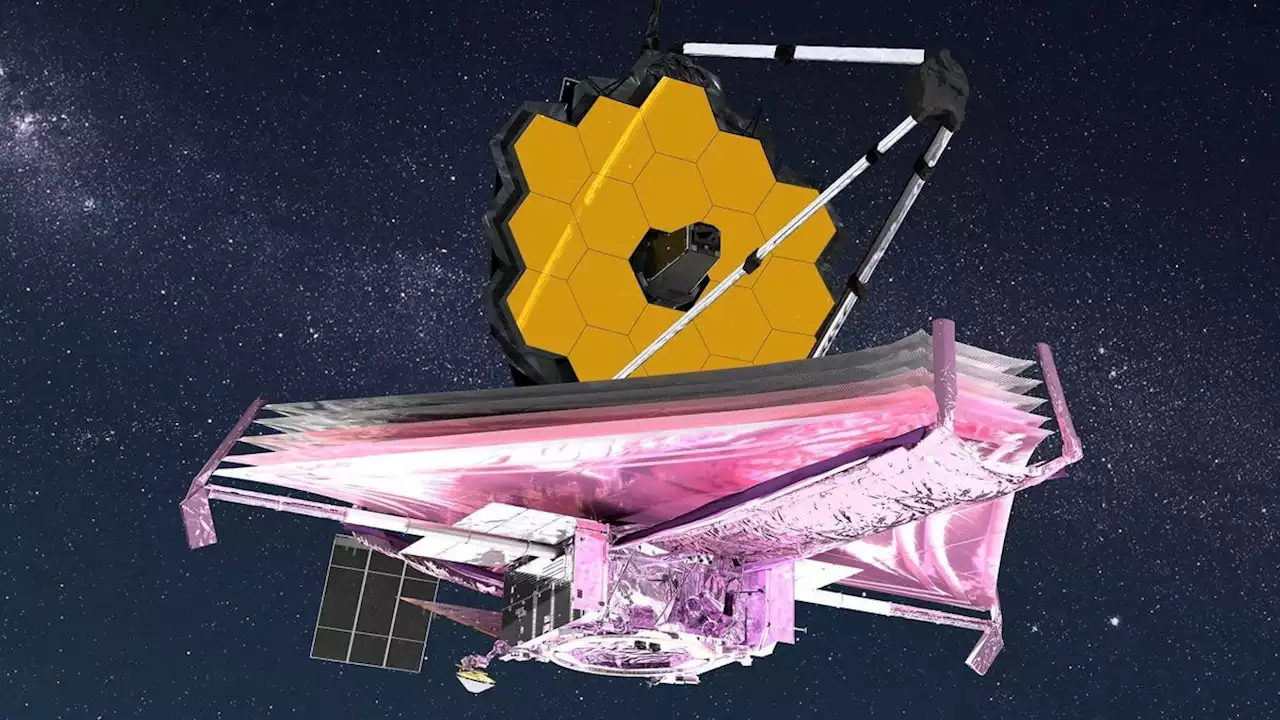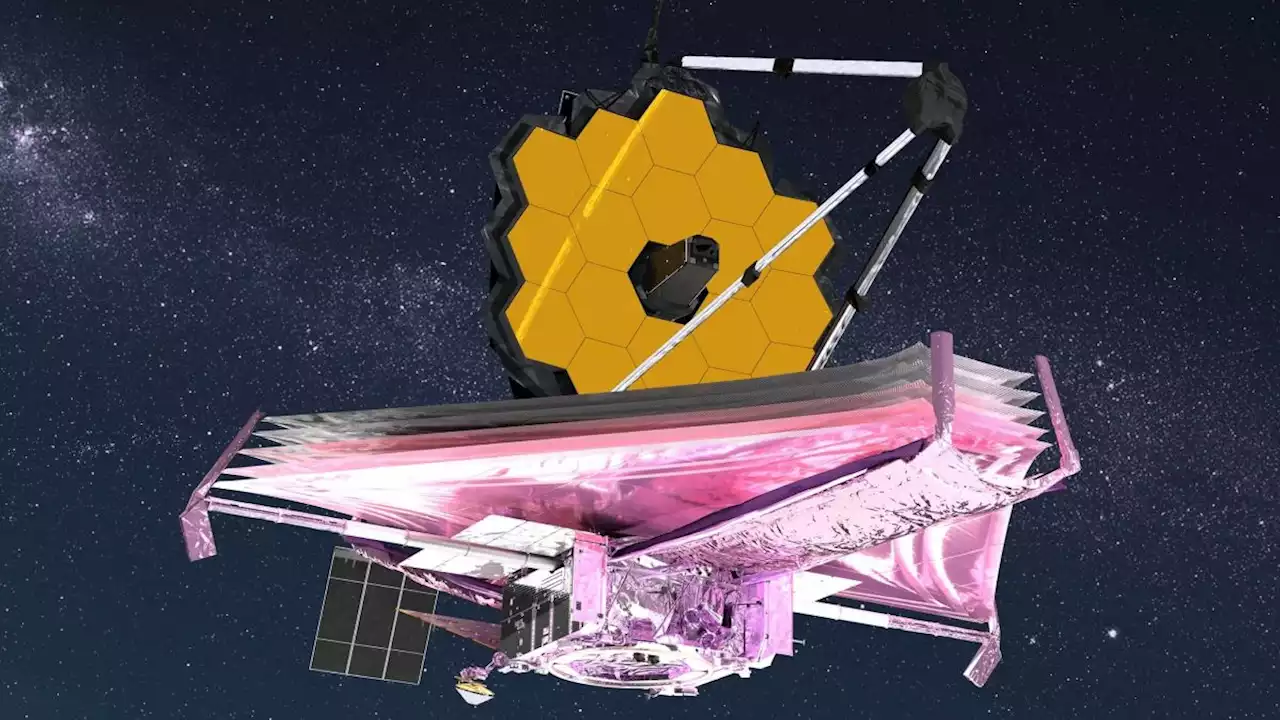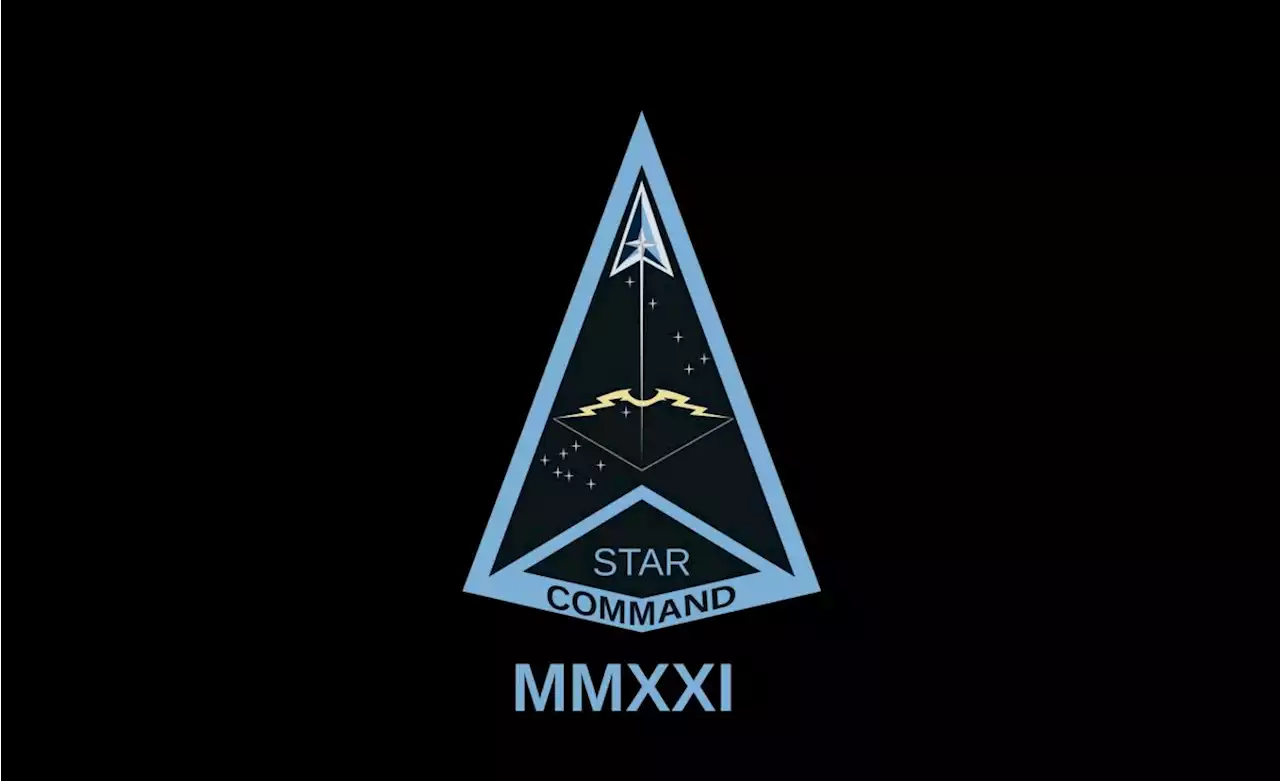NASA’s James Webb Space Telescope has captured one of the first medium-deep wide-field images of the cosmos, featuring a region of the sky known as the North Ecliptic Pole. The image, which accompanies a paper published on December 14 in the Astronomical Journal, is from the Prime Extragalactic Area
This beautiful color image unveils in unprecedented detail and to exquisite depth a universe full of galaxies to the furthest reaches, many of which were previously unseen by Hubble or the largest ground-based telescopes, as well as an assortment of stars within our owngalaxy.
“I was blown away by the first PEARLS images,” agreed Rolf Jansen, Research Scientist at ASU and a PEARLS co-investigator. “Little did I know, when I selected this field near the North Ecliptic Pole, that it would yield such a treasure trove of distant galaxies, and that we would get direct clues about the processes by which galaxies assemble and grow. I can see streams, tails, shells, and halos of stars in their outskirts, the leftovers of their building blocks.
“I spent many years designing the tools to find and accurately measure the brightnesses of all objects in the new Webb PEARLS images, and to separate foreground stars from distant galaxies,” says Seth Cohen, a research scientist at ASU and a PEARLS co-investigator. “The telescope’s performance, especially at the shortest near-infrared wavelengths, has exceeded all my expectations, and allowed for unplanned discoveries.
United States Latest News, United States Headlines
Similar News:You can also read news stories similar to this one that we have collected from other news sources.
 James Webb Space Telescope meets the 7 intriguing exoplanets of TRAPPIST-1When will astronomers unveil the truth about the seven planets in 'solar system 2.0'?
James Webb Space Telescope meets the 7 intriguing exoplanets of TRAPPIST-1When will astronomers unveil the truth about the seven planets in 'solar system 2.0'?
Read more »
 James Webb Space Telescope spots mesmerizing wreath-like galaxyCheck out that glowing active galactic nucleus.
James Webb Space Telescope spots mesmerizing wreath-like galaxyCheck out that glowing active galactic nucleus.
Read more »
 A Software Glitch Forced the Webb Space Telescope Into Safe ModeThe $10 billion observatory didn’t collect many images in December, due to a now-resolved software issue.
A Software Glitch Forced the Webb Space Telescope Into Safe ModeThe $10 billion observatory didn’t collect many images in December, due to a now-resolved software issue.
Read more »
 James Webb Space Telescope's 1st year in space has blown astronomers awayKeith Cooper is a freelance science journalist and editor in the United Kingdom, and has a degree in physics and astrophysics from the University of Manchester. He's the author of 'The Contact Paradox: Challenging Our Assumptions in the Search for Extraterrestrial Intelligence' (Bloomsbury Sigma, 2020) and has written articles on astronomy, space, physics and astrobiology for a multitude of magazines and websites.
James Webb Space Telescope's 1st year in space has blown astronomers awayKeith Cooper is a freelance science journalist and editor in the United Kingdom, and has a degree in physics and astrophysics from the University of Manchester. He's the author of 'The Contact Paradox: Challenging Our Assumptions in the Search for Extraterrestrial Intelligence' (Bloomsbury Sigma, 2020) and has written articles on astronomy, space, physics and astrobiology for a multitude of magazines and websites.
Read more »
 From stunning images from James Webb Telescope to 1st Mexican woman in space, here are the top space stories of 2022Humanity has made great strides this year in exploring the deep mysteries of space and opening doors for many.
From stunning images from James Webb Telescope to 1st Mexican woman in space, here are the top space stories of 2022Humanity has made great strides this year in exploring the deep mysteries of space and opening doors for many.
Read more »
 US Space Force practices 'space combat tactics' to win a European conflictThe service's training for a European conflict comes while a real conflict unfolds in Eastern Europe.
US Space Force practices 'space combat tactics' to win a European conflictThe service's training for a European conflict comes while a real conflict unfolds in Eastern Europe.
Read more »
